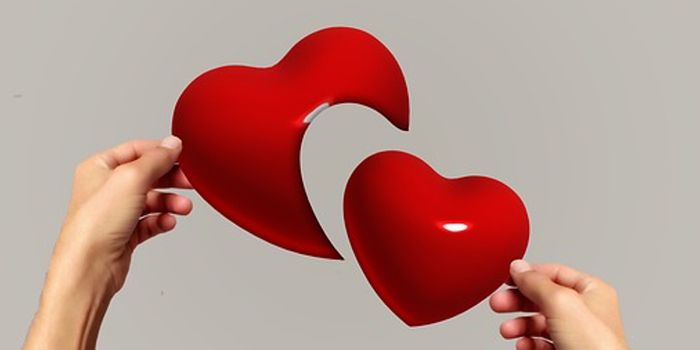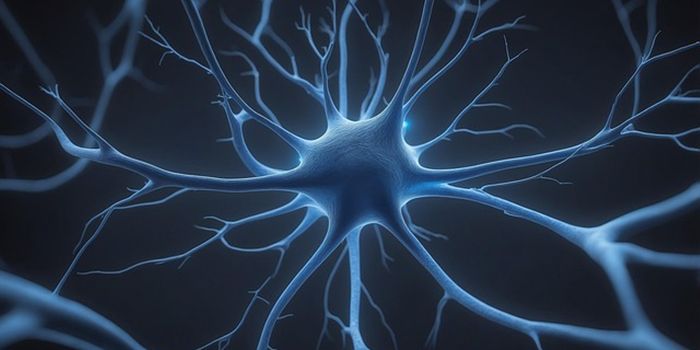Cardiac Stem Cells Designed to Find and Treat Damaged Tissue
Scientists have a new way to treat heart attacks, and it involves providing cardiac stem cells with what is essentially a road map to the site of the injury and a reason to stay put. From North Carolina State University, scientists identify a way around a cellular obstacle that has long prevented them from applying stem cell therapy for heart attacks in the real world.
According to the Centers for Disease Control and Prevention (CDC), every year over 700,000 Americans suffer heart attacks. In the new NCSU study, scientists are one step closer to providing a new treatment for all of those people, and it starts with platelets, the blood cells responsible for plugging holes in damaged blood vessels.
“Once platelets arrive at the site of injury, they trigger the coagulation processes that cause clotting,” explained lead researcher Ke Cheng. “In a heart attack injury, blood clots are the last thing that you want."
However, platelets also attract “naturally occurring stem cells” to the heart attack injury site, which can help fix some of the damage. Cheng’s new study focused on identifying how to reap the benefits of platelets gathering at the site of heart attack (attracting stem cells) without suffering the consequences (blood clots).
They discovered that they key rests with adhesion molecules on the surface of platelets. These molecules are apparently responsible for platelets’ “find and bind” abilities concerning areas of heart attack injury. Researchers designed platelet nanovesicles made from the adhesion molecules and covered cardiac stem cells with them. This technique helped the stem cells to find the injury site and prevented platelet-directed blood clotting. Platelet nanovesicles have no effect on stem cell function.
"The nanovesicle is like the platelet's coat," Cheng described. "There isn't any internal cellular machinery that could activate clotting.”
Cheng also conducted a study to test the ability of the platelet nanovesicle-encrusted stem cells, called PNV-CSCs. Using a rat model of heart attack, Cheng showed that PNV-CSCs improved cardiac function in rats by almost 20 percent, compared to rats without the experimental cells. Additionally, they saw that there was double the amount of PNV-CSCs in the heart than cardiac stem cells without the nanovesicles. No negative side effects have been seen so far.
In the future, Cheng and his team plan to conduct clinical trials to further assess the safety and efficacy of PNV-CSCs as a post-heart attack treatment.
The present study was published in Nature Biomedical Engineering.
Sources: University of Rochester Medical Center, North Carolina State University









